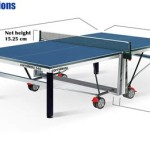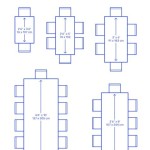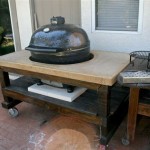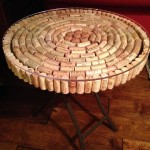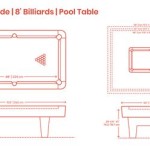How To Make Table Skirting
Table skirting is a decorative element that can add a touch of elegance and sophistication to any event or occasion. It provides a polished look, concealing unsightly table legs and creating a cohesive visual appeal. Whether you're hosting a wedding, a corporate event, or a birthday party, mastering the art of making table skirting can elevate your décor to the next level. This guide will provide a comprehensive overview of the steps involved in creating beautiful and professionally-looking table skirting.
Choosing the Right Fabric
The first step in making table skirting is selecting the appropriate fabric. The fabric should complement the overall theme and color scheme of your event. Here's what to consider:
-
Weight and Drape:
Choose a fabric with a weight that drapes well and creates a smooth, flowing effect. Lightweight fabrics, such as chiffon or satin, tend to drape beautifully but can be more prone to wrinkles. Heavier fabrics, like velvet or brocade, provide a more luxurious and structured look. -
Color and Pattern:
Select a fabric color and pattern that complements your event's theme and décor. For a formal event, consider solid colors or subtle patterns. For a more casual setting, you can experiment with bolder patterns or textures. -
Ease of Care:
Consider the ease of care for the fabric. Some fabrics, like linen or silk, require special care, while others, like polyester or cotton blends, are more durable and easier to clean.
Once you've chosen your fabric, you'll need to determine the length of your skirt. Measure the height of your table from the floor to the bottom of the tabletop. Add an extra 6-12 inches for fullness and to allow for pleating. This will give you the length of fabric you need for each panel of your table skirt.
Cutting and Sewing the Fabric
After selecting and measuring your fabric, you'll need to cut and sew it into panels to form the table skirt. Follow these steps:
-
Calculate the Number of Panels:
Divide the circumference of your table by the desired width of each panel. A standard panel width for table skirts is 18 inches, but you can adjust this based on your preference and the size of your table. -
Cut the Fabric:
Cut your fabric into panels using a rotary cutter or fabric shears. Ensure accurate measurements to create even and symmetrical panels. -
Hem the Edges:
Hem the top and bottom edges of each panel using a sewing machine or by hand. A double-folded hem will create a clean and professional finish. -
Stitch the Panels:
Align the edges of the panels and sew them together using a straight stitch. Leave the top edge open, as this will be used to attach the skirt to the table.
Attaching the Table Skirt
To attach the skirt to the table, you can use a variety of methods, each with its own advantages. Some popular methods include:
-
Velcro Tape:
This is a common and easy method that involves attaching Velcro tape to the top edge of the skirt and the underside of the table. Ensure the Velcro tape is strong enough to hold the weight of the skirt. -
Safety Pins:
Use safety pins to attach the skirt to the table's underside. This method is quick and easy, but it may not be as secure as other methods for heavier fabrics. -
Sewing with a Gathering Stitch:
This method involves sewing a gathering stitch along the top edge of the skirt and then attaching it to the table with a simple slip stitch. This creates a more permanent and polished look.
When attaching the skirt, ensure it hangs evenly around the table and that all seams are properly aligned.
Adding Finishing Touches
Once the skirt is attached to the table, you can add finishing touches to enhance its look. These touches can range from simple to elaborate, depending on your desired aesthetic. Some ideas include:
-
Pleating:
Create pleats along the top edge of the skirt to add volume and elegance. You can use a pleating machine for a professional finish or hand-pleat the fabric for a more rustic look. -
Trims:
Use ribbons, lace, beads, or other decorative trims to accentuate the skirt's edge or add details to the panels. -
Embellishments:
Embellish the skirt with flowers, bows, or other decorative elements to coordinate with your theme.
By applying these tips, you can create professional-looking and elegant table skirting that adds a touch of sophistication to your event or celebration. Remember to choose the right fabric, measure accurately, and experiment with different finishing touches to create a truly unique and personalized look.

10 Simple Table Skirting Styles For Beginners Basic

Table Skirting Full Tutorial

Box Pleats Table Skirting Basic

Beginners Table Skirting Design Quick And Easy Simple

How To Make Simple Design Table Skirting New Step By Tutorial 2024

Easy Table Skirting New Design

Table Skirting Tutorial How To Make Rose Pleats Design Step By

Knife Pleats With Stab Table Skirting Design Tableskirting

Table Skirting Tutorial 10 Basics Designs For The Beginners

Types Of Table Skirting Sizing With S Names



